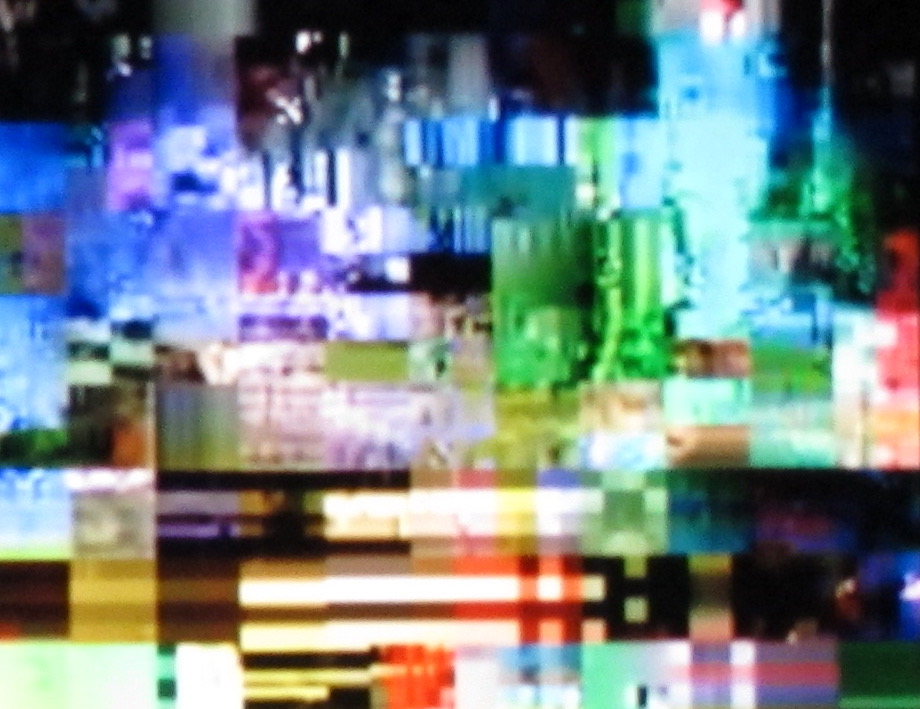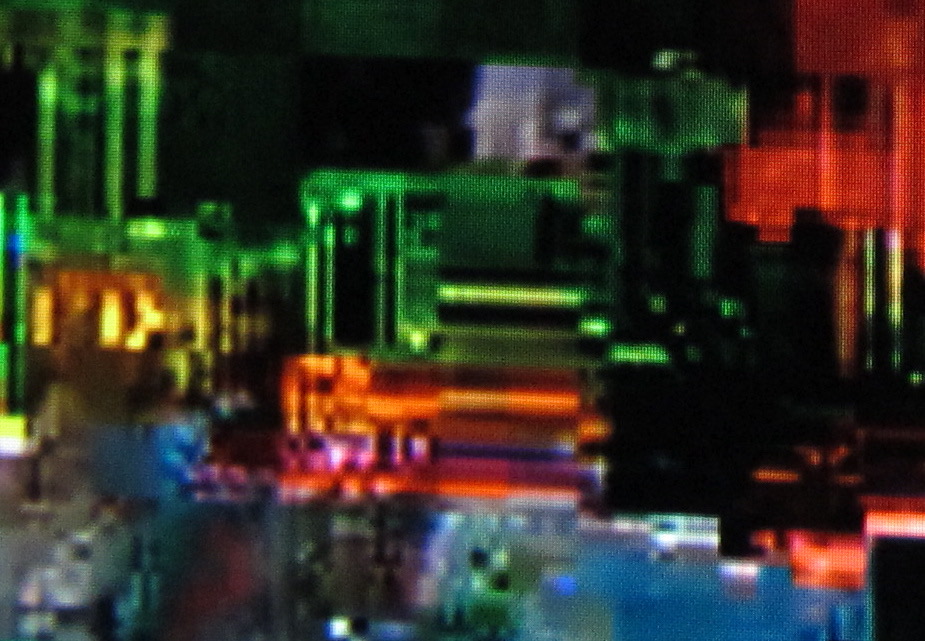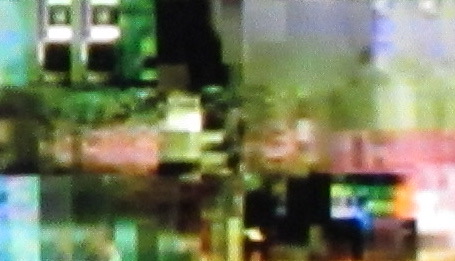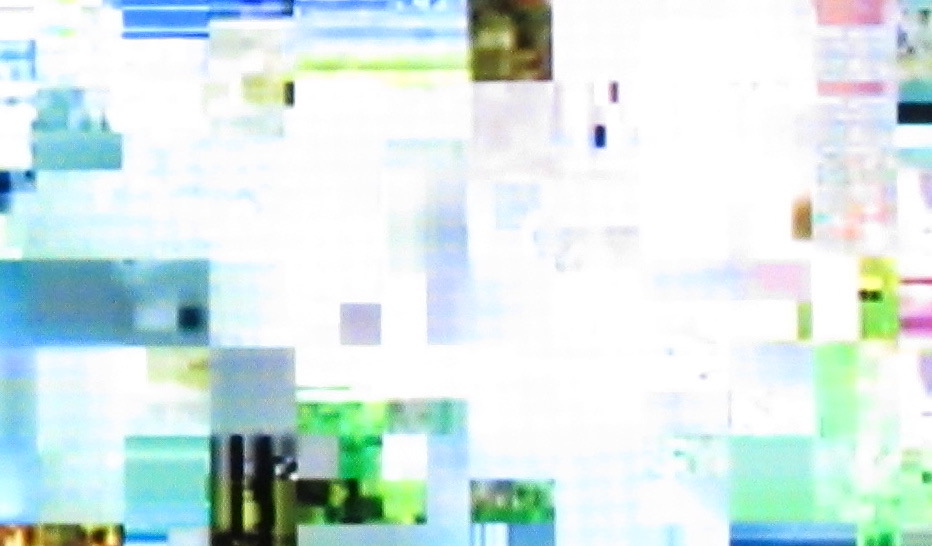Work
Evolution 2
This series includes mid size works created over a period of 30 years.Essentials
Essentials tells about the formal building block Titus uses to create art works. While his formal concept is rather systematical, the actual setting of the lines follows intuition. You find more information in the individual description of each picture in this series.Drift
This series invites you to drift across a variety of smaller paintings, created in the past years.Gates
These gates are not built. They rather create space themselves that could not have been taken by the motion in the environment or are isolated from the surroundings by the motion. Gates are archetypes and symbols, yet in these cases, nothing is explained. There is no defined context that creates equally defined content. Titus frequently uses symbolic forms in such a way, rather interested in the immediate reaction than in the production of any statement. It is a game between forms that are historically anchored in our mind and free formal variations of them. What does this do to the way we proceed with them emotionally?1,153 a Journey
This video shows a frantic race through 1,153 drawings. The single frame only lasts for a fraction of a second – which makes it impossible to proceed it rationally. There is no option to analyse what we see. Nevertheless, our subconsious still catches remarkably much of the data. The video mirrors our situation of being exposed to an overwhelming amount of information we never succeed in wholly understanding. How do we decode our world and what kind of worldview does our subcounsious construct out of this situation?Dreams
Dreams are derivatives taken form random digital interference patterns. They suggest landscapes, human forms and architecture. In fact, no such things were present in the original files. Our mind tries to construct meaning when confronted with little defined sensations and incomplete information.Youcrash
Youcrash shows a series of pictures derived from interference patterns, caused by an overlay of a vast number of videos. They display nothing of the original content anymore. We like to attract attention but also want to save moments, as is typical with YouTube. Nevertheless, most of the published videos just vanish in the great grey noise of the internet.Fadepad
The dynamics of lines play an important role in the work created by Titus. Therefore, he developed the concept for the fadepad app. It allows you to draw in a way that is not possible in the analogue world. You draw lines which then disappear, after the time interval you predefined, at the same speed and in the same succession in which you drew them. This creates the possibility to improvise animation. Fadepad was chosen as the digital project of the month in the art magazine “Kunstbulletin”. It works offline in the internet browser. You can download it for free from the URL fadepad.comPalmer 2018
Palmer Sculpture Biennial/Landscape spin The Wheel of TitusAfter addresses by Greg Johns, Bill Clifford and Maurice Roche, Greg invited visitors to walk to a nearby hillside to watch the launching of The Wheel of Titus. The Swiss artist Titus Eichenberger had set up a large iron disk on a ramp near the top of the hill. The intention was for the disk to be released from its ramp, accelerate down the hill and disappear into the far distance. Thus the course and final resting place of the wheel was to be determined by the countryside, and having come to rest it would become a sculpture created in collaboration with the landscape. When everyone had gathered, the wheel was released, and after a couple of false starts it rolled impressively down the hill, vaulted a dead tree, fell on its side and became a sculpture. The crowd cheered.
































































































































































